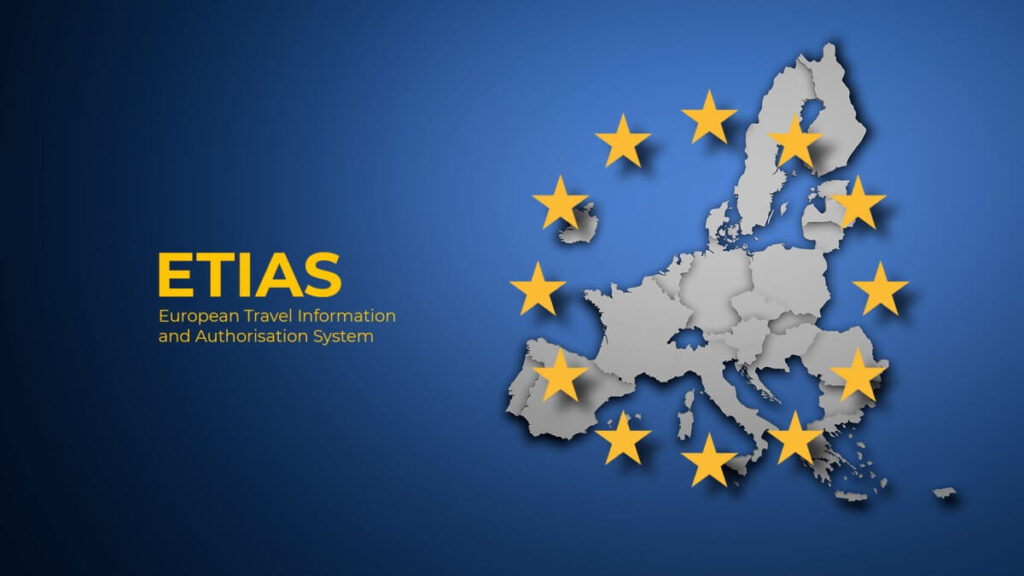Advertiser & Editorial Disclosure: The Bulkhead Seat earns an affiliate commission for anyone approved through the links below. This compensation may impact how and where links appear on this site. We work to provide the best publicly available offers to our readers. We frequently update them, but this site does not include all available offers. Opinions, reviews, analyses & recommendations are the author’s alone, and have not been reviewed, endorsed, or approved by any of these entities.
One of the best souvenirs on any trip is a stamp in your passport. These cost nothing, but elicit fond memories when flipping through the government-issued document that grants you access to the world. I have filled several passports and my current one expires next year. A lot of my international travel is to Europe and soon (in November), passport stamps from European Union (EU) countries will be a thing of the past as border crossings will go digital.
Once the new process clears its last few legal hurdles, it will go into effect on November 10th. This plan began more than 10 years ago and soon every crossing into and out of the EU, by plane, train, boat, or automobile, will go digital. More than 700 million people arrive in EU countries each year and ink stamps will be replaced by facial recognition and fingerprints.
EU commissioner, Ylva Johansson, said in a recent speech:
At every single airport, every single harbor, every single road into Europe, we will have digital border controls. When that happens, it will be goodbye to passport stamping, hello to digital checks. With the Entry/Exit System we will know exactly who enters the Schengen Area, with a foreign passport. We will know if people stay too long. Countering irregular migration. And the Entry/Exit System will make it harder for criminals, terrorists or Russian spies to use fake passports.”
Travelers will need biometric passports, or e-passports, which contain an electronic chip for increased security to use the system. The United States has been issuing e-passports since 2007, but if you don’t have a biometric passport you’ll need to be processed manually to enter the EU.

As I wrote about last year (before the start date was pushed to 2025, citizens of the United States and 59 other countries and territories will need a mandatory electronic travel authorization to enter the European Union. The travel authorization for non-citizens will allow visits to the 30 European countries that will require ETIAS identification. It costs less than $8 to complete an application and once approved, you’re good for multiple entries over a three-year period without having to reapply with each visit.
Anthony’s Take: I am going to miss the passport stamps. They’re quaint and nostalgic, but I have long said a symbol of the past. Like everything else, digital will hopefully add speed and security. Goodbye passport stamps from the EU!
(Image Credits: Christian Lue and European Union.)
User Generated Content Disclosure: The Bulkhead Seat encourages constructive discussions, comments, and questions. Responses are not provided by or commissioned by any bank advertisers. These responses have not been reviewed, approved, or endorsed by the bank advertiser. It is not the responsibility of the bank advertiser to respond to comments.
Advertiser & Editorial Disclosure: The Bulkhead Seat earns an affiliate commission for anyone approved through the links above This compensation may impact how and where links appear on this site. We work to provide the best publicly available offers to our readers. We frequently update them, but this site does not include all available offers. Opinions, reviews, analyses & recommendations are the author’s alone, and have not been reviewed, endorsed, or approved by any of these entities.

1 comment
That’s awful. I love paging through my old passports and recalling all the various trips I took. Strange as it sounds I’d actually pay to get a stamp if that was an option. Well, technology waits for no man I suppose.